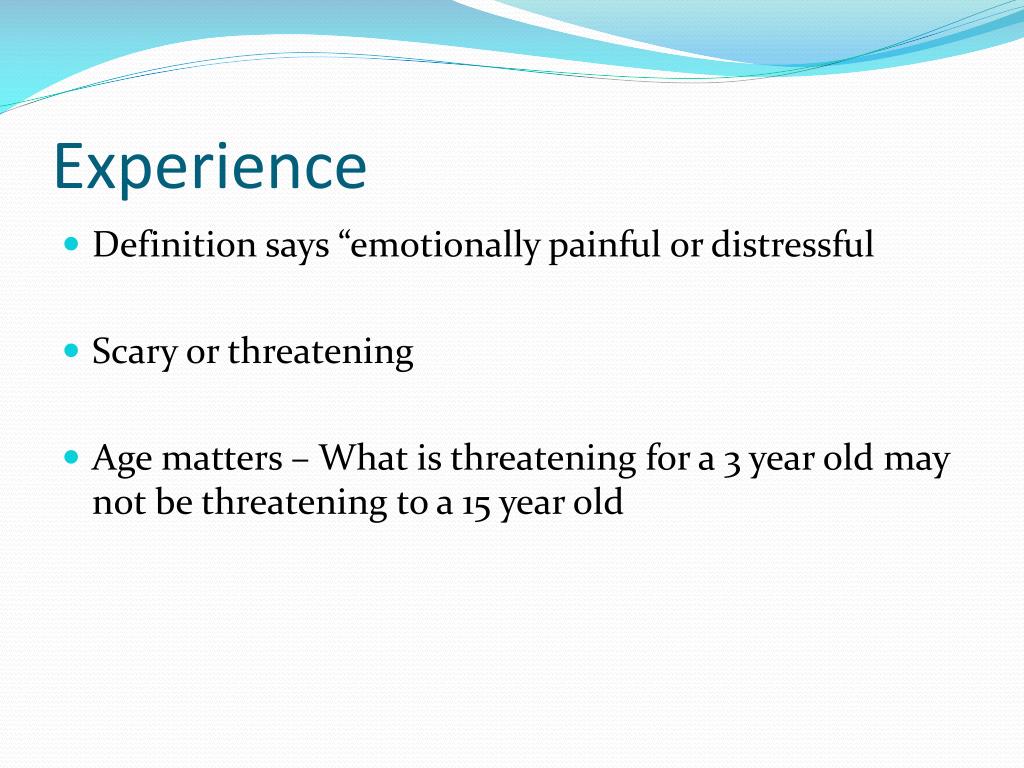

What is their current environment like? How safe or stressed are they? What trauma symptoms are they presenting? The four questions to ask with the trauma continuum when assessing children and young people are: The Simple Guide to Complex Trauma and Dissociation. This is an excerpt from de Thierry (2020). For example, repeated sexual abuse, trafficking, torture, organised abuse or severe neglect (de Thierry 2015). It is almost always an experience that causes a strong sense of shame due to stigma, and therefore silence, which can lead to the person feeling isolated and different.

Complex trauma usually involves interpersonal violence, violation or threat and is often longer in duration. They could be experiences such as a child who suffers from multiple abuse and/or neglect over many years (pervasive), without a setting in which the traumatic experience could be processed or spoken about in a recovery-focused manner, due to either the primary caregiver’s absence, neglect or inability themselves to cope with the trauma. Type III or complex trauma is positioned at the furthest end of the continuum and involves multiple different traumatic experiences that are serious, repeated and often started at an early age. Type II trauma involves repetitive experiences that are terrifying these can rarely be spoken about due to the shock, possible threats, loyalty issues, confusion or a dissociative response due to the level of terror and powerlessness. The continuum progresses according to the degree of trauma experienced, the amount of different traumatic experiences, and the level of social support and family attachment a child has to enable them to process and recover. This would result in Type I trauma being placed at the beginning of the trauma continuum, especially if this was an experience within the context of a stable family where processing difficulties is a normal cultural expectation, as this could significantly limit the damage. This level of trauma, however, usually has less stigma associated with the experience therefore other people are often responsive and supportive to those who have experienced these traumatic incidents and the person who has experienced it can speak about it. Single incident trauma is difficult and painful and has the potential to cause injury to the child. The Type I or ‘single incident trauma’ is usually defined as a one-off traumatic incident or crisis. A traumatic experience could be repeated bullying, bereavement, physical, sexual or emotional abuse, domestic violence or abuse, an accident, a severe illness requiring medical intervention, a parent’s physical or mental illness, violence, neglect, etc.


 0 kommentar(er)
0 kommentar(er)
